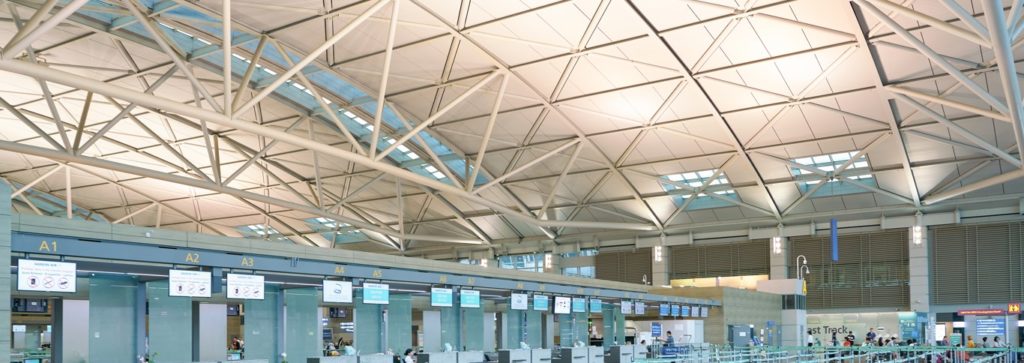Unmatched Efficiency,
Unrivaled Illumination.
Learn More About Our Eco-Friendly LED Lighting Products.
Choose an Option Below!


Indirect lighting is created when light reflects off a surface. Much as indirect sunlight illuminates the moon, when used indoors, indirect lighting is produced by directing light at ceilings or walls to reflect around the room.
Indoor areas without exposure to natural light can benefit from indirect lighting’s capacity to illuminate and relieve eye strain. Indirect light is ideal for interior spaces with flexible layouts where displays, tables, and other furniture are frequently moved.
The decision to use indirect illumination for lighting designers frequently comes down to preference and use. Direct lighting’s focused brightness is necessary for many contexts. These might include hospitals, laboratories for scientific research, schools, and factories. On the other hand, in residential, retail, and workplace settings, indirect illumination is frequently selected for its atmosphere and softer light.
Lighting designers will often combine the effects of direct and indirect lighting with meeting specific visions and intent. For example, by using indirect light, designers can create shadowless areas and the appearance of space in confined rooms. Indirect lighting can also be used to highlight structural elements like beams and pipes that are present in many contemporary retail and dining settings.

Two primary forms of indirect lighting are used to emphasize the outstanding architectural qualities of an interior space. Each has its advantages and disadvantages as well as unique aesthetic features.
The most common kind of indirect lighting is produced by lighting fixtures such as a wall, ceiling, floor, and table lamps. In these instances, the light bulb is the originator of the illumination with lampshades or other translucent coverings, transforming that direct lighting into indirect lighting. The covering serves two purposes.
First, it softens the expansion of the lighting and softens the harshness of the light while still providing an area with a much-needed boost in brightness.
The second type is reflective lighting. While a designer favorite, it is not as commonly used in commercial settings.
Reflective lighting uses a structured surface to diffuse and distribute illumination. No lampshade or translucent covering is needed, and no light shines directly into a space via lighting fixtures. Instead, light is shined onto walls, floors, and ceilings, diffusing the light off those surfaces.
The purpose of reflective lighting is often to highlight architectural or artistic features.

Using direct or indirect lighting usually comes down to practicality and aesthetics. Indirect lighting is frequently used in settings where calm and relaxation are valued. This can include hotels, restaurants, hospitality centers, casinos, luxury retail, funeral homes, office entryways and lobbies, churches, and more.
By contrast, direct lighting worked better in more task-oriented settings where concentration and attention to detail are crucial. These include manufacturing lines, schools, warehouses, hospital exam rooms, laboratories, and security screening areas.
AEON Indirect Illumination Luminaires deliver flicker-free lighting, instant on/off, dimming, total controllability, and superior energy efficiency. They are ideal for many lighting needs and offer efficiency, glare control, and uniform designs.
Contact us for more information on direct and indirect lighting products and how they can solve your unique lighting challenges.
Learn More About Our Eco-Friendly LED Lighting Products.
Choose an Option Below!